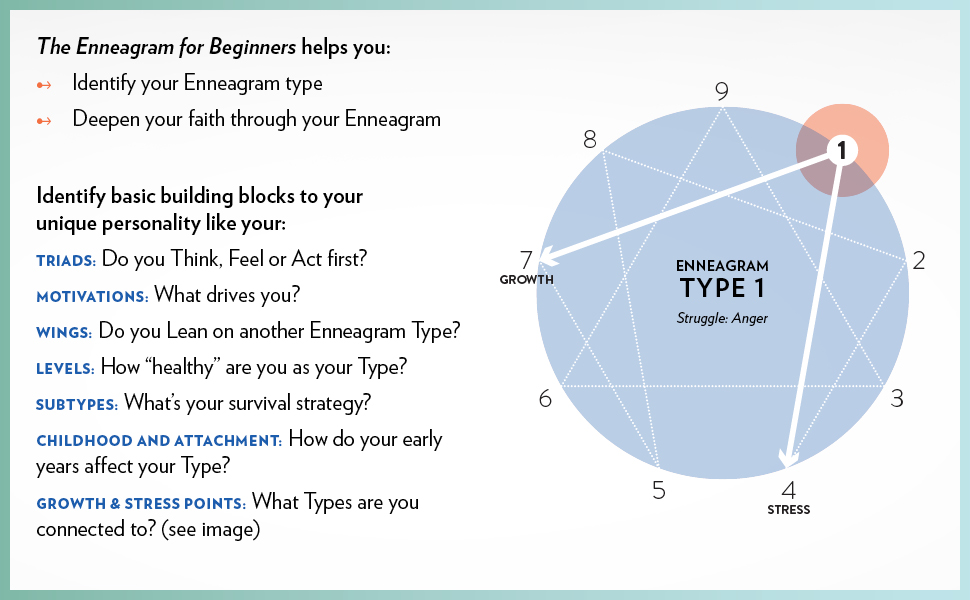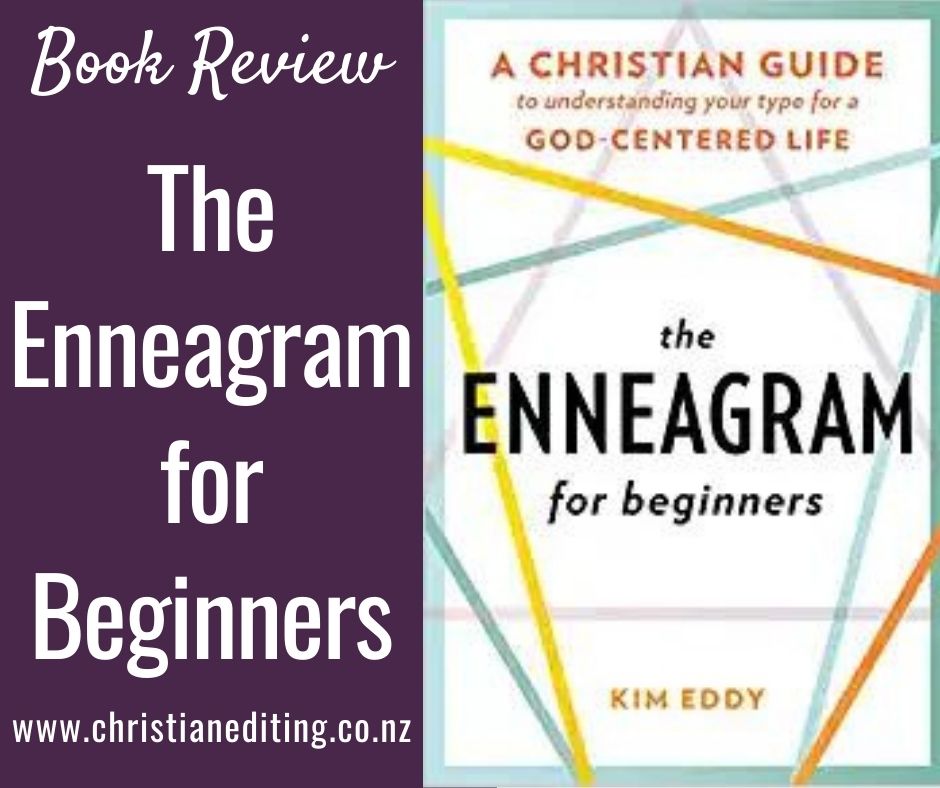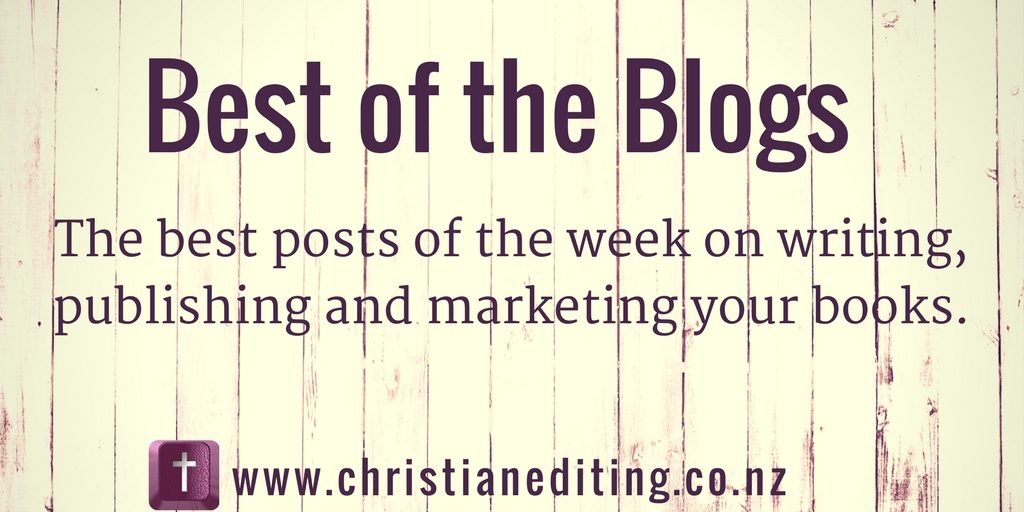Over the last few years, I have seen more and more questions referring to the Enneagram. It’s yet another in a long line of personality assessment tools designed to help people understand themselves and others better. The author points out that what differs differentiates the Enneagram from other personality assessments is the focus on motivation.
The Enneagram for Beginners has a lot of applications for Christian fiction writers, regardless of what you think about the tool itself.
It gives all of us a window into other’s hearts, helping us to see the person, not just their actions.
That statement caught my attention, because I could see how it applies to writers. Many writers have trouble articulating a goal and motivation for their characters, which is an issue:
- Without a goal, there is nothing for the character to come into conflict with.
- Without conflict, there is no plot.
- Without motivation there is no reason for the goal, no conflict, and no story.
The other difference between the Enneagram and other personality assessments is that most assessments categorise people into a box that is supposed to describe them. For example, the Myers Briggs Type Indicator categorises people with four letters representing four alternatives:
- Introversion (I) or Extroversion (E)
- Sensing (S) or Intuitive (N)
- Thinking (T) or Feeling (F)
- Judging (J) or Perceiving (P)
Thus, your Myers-Briggs Type might be an ISTJ or ENFP or any other combination of those four letters.
Once you have that those four letters, the tool shows how you are similar to or different from others, and points out certain personality characteristics you might have in common. The underlying principle is that our “type” doesn’t change, but we can learn how to maximise our own strengths and learn to work with those with different personalities.
In contrast, the Enneagram shows users a way to develop and change.
Sometimes this development and change can be positive, and sometimes this is negative. The author says:
One of the purposes of learning about our Enneagram type is to be able to grow beyond it.
As writers, we call this growth the character arc.
The Enneagram gives each of the nine Enneagram types a desire, a fear, a struggle, and a lie that Type believes.
As we authors know, the lie the character believes (aka the emotional wound) is one of the essentials of good characterisation.
For example, Type 3s prioritise being successful and achieving their goals. Why? Because Type 3s live with the lie that they will only be loved and respected if they live up to the expectations of others.
It’s easy to see how this lie can influence a fictional character.
The character wants to be admired and respected, so works hard and always presents a perfect persona to the outside world. I would guess that The Duchess of Cambridge (aka Catherine Middleton) is a Type 3.
But this belief is a lie, and a lie which tells us the lesson the character needs to learn as the novel progresses. A Type 3 character needs to learn they are more than the image they create, and that being perceived as a failure will not be the end of their lives. Instead, they need to learn that they have worth regardless of how others perceive them.
Each Enneagram type also has a growth type and a stress type.
For example, a Type 3 will grow to show some of the positive characteristics of a Type 6. They may become more cooperative loyal, and more of a team player as they put aside the emphasis on personal achievement and focus on others.

But a Type 3 character operating under stress could move towards the unhealthy characteristics of a Type 9. They might become more stubborn, more withdrawn, and more prone to becoming a workaholic in order to impress others.
I am no expert on the Enneagram and certainly have no desire to start putting real-life people in an Enneagram box.
But I think the concept has great applications for Christian writers, especially fiction writers. As such, I can see the book providing some great ideas and opportunities for character development e.g. if you want to understand your character’s underlying motivation, the lie they believe, and the kind of event that will produce a believeable and meaningful black moment or dark night of the soul.
The Enneagram for Beginners by Kim Eddy is a Christian guide to the Enneagram ... and is also a great resource for Christian fiction writers. #BookReview Share on XI especially like the way the book showed the blindspots each character type is likely to have the growth opportunities for the individual, for the individual with their families, and for the individual in the wider community or work setting. It went on to show the growth opportunities for each Enneagram Type, and how to become more like Jesus.
That, to me, was the real strength of the book. It said it was Christian, and it was Christian.
Everything in the book was bringing the concept of the Enneagram back to our relationship with Jesus and how Jesus is the answer to our problems (you know, like the Bible says).
The book didn’t quote other Enneagram experts (although it’s obvious the author has done her research and read widely are on the subject), but focused on practical steps about how to move from unhealthy or average to healthy for our Enneagram type (or our character’s type).






